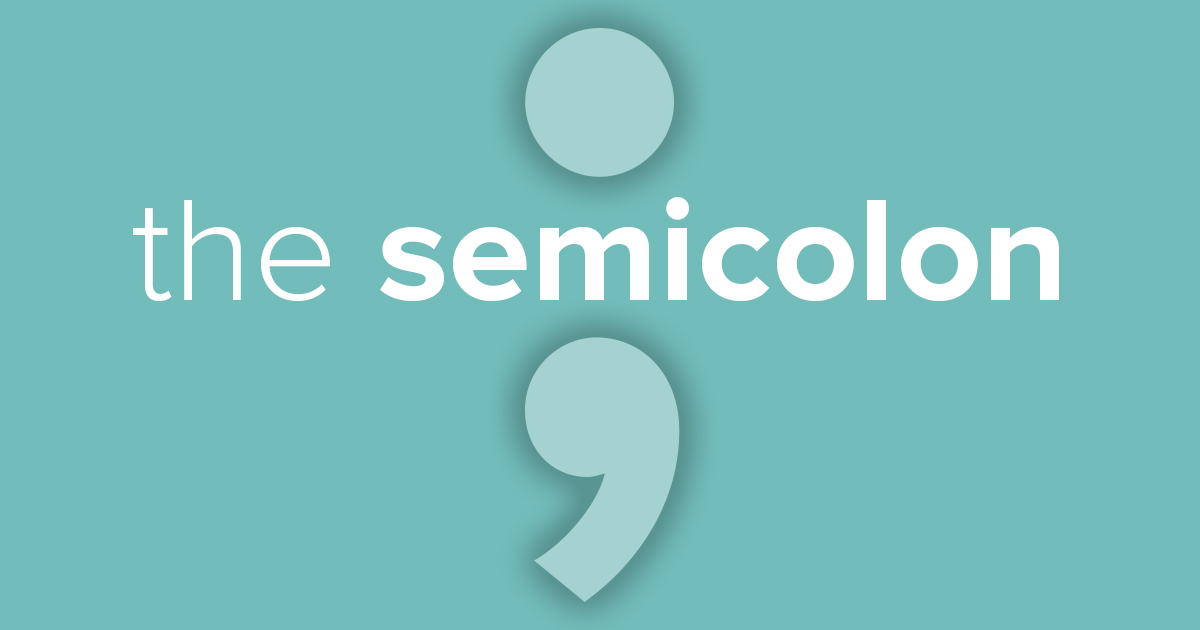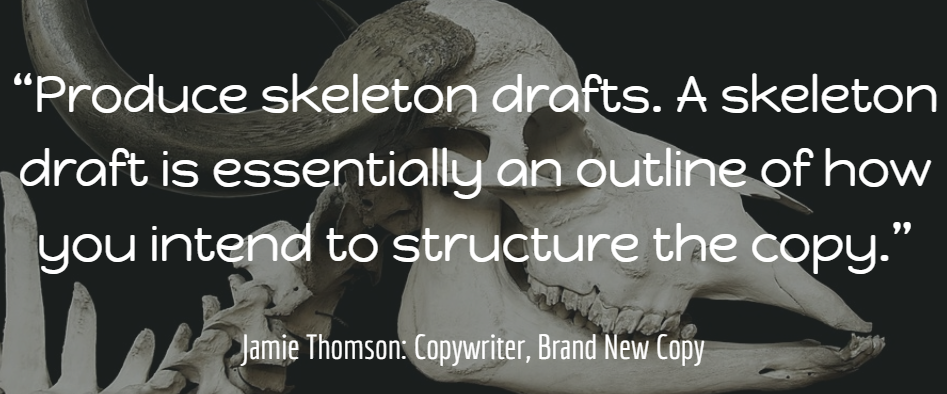Words have power. (A good thing too, as if they didn’t, I doubt I’d have a job.) But while the right words can help your copy persuade, inform, and delight, the wrong words can quickly undermine otherwise excellent content.
Here are seven common words that can bring even the most thoughtful piece of content down, and stop it from performing. Some are email spam traps, others are archaic and unnecessary, but all of them should be avoided where possible.
Excise them from your writing, and you’ll quickly see your copy become more engaging – and hopefully get better results.
1: Free
If you’re in B2B, chances are you’re writing for a business and not for a charity. With that in mind, is anything you or your clients offer really free? Even “free” content is often gated and used to get the reader’s contact information. While this transaction may be free from a cash exchange, it does require a data transaction.
Not only is “free” a bit misleading, but it is also very likely to trigger spam filters. So, you should absolutely avoid using it in any email copy.
2: Whilst
Unless your style guide directly says “write like a Victorian gentleman”, using “whilst” is a no-go. Instead, you should just “while.” That will make your writing come across as far more conversational and punchy.
3: Leverage (as a verb)
Thankfully this is one piece of business jargon that is slowly dying, but we still see a few B2B types using “leverage” as a verb.
“Leverage our powerful solutions.” “Leverage the power of the cloud.”
There are plenty of other ways to say this that are far punchier, and more specific. Like “use”. Or “make the most of”. Even “harness”, if you’re really stretching. Almost anything will be better.
An important caveat here is that you can still use leverage as a noun because… well, that’s what the word actually is. So, if you’re talking about getting leverage for your business, go right ahead.
4: Utilise
I cannot imagine any scenario where saying “utilise” would be a better choice than just saying “use.”
It’s a small distinction, but opting for the longer, clunkier “utilise” (especially when it means almost the same thing as “use”) is the definition of unnecessary padding. There’s no need for it.
5: Drive
You still see a lot of this in more formal business writing. “Drive greater revenue.” “Drive efficiency through your business.”
It’s not an especially offensive piece of jargon, but it’s just so vague. Why can’t you say “improve”? Or “deliver”? Or any other word that describes the kind of benefit your product/service/business can offer?
6: Best/Market-leading/Top
If someone in your actual life told you they were the best at something, you probably wouldn’t believe them. Even if they actually were the best, you’d still resent their arrogance about the whole thing. So, why do we think the businesses we write for can get away with this kind of immodesty?
The exception here is if there is some kind of report that says a business is actually the market leader. Just as you might believe someone in real life is the best at something if a friend tells you about it, you’re welcome to call a business a market-leader if Gartner, Forrester, or another third-party has named them so.
7: Innovative
Sometimes you’re talking about actual innovation processes in your business: the resources, talent, and development required to create new product and service ideas. That’s fine. That’s an actual ‘thing’ in the business world.
However, if you’re just using the word “innovative” to blow your own trumpet, please stop. It’s the ultimate example of telling rather than showing.
Don’t tell the reader you’re innovative; show them something you’ve done that is truly unique.
Cut these words and elevate your copy
Fluffy, vague, and archaic words like these can quickly drag your copy down. But if you can weed them out, you can better engage your readership, and help your content deliver the best results.
For more writing tips and tricks, make sure you subscribe to our fabulous newsletter.




